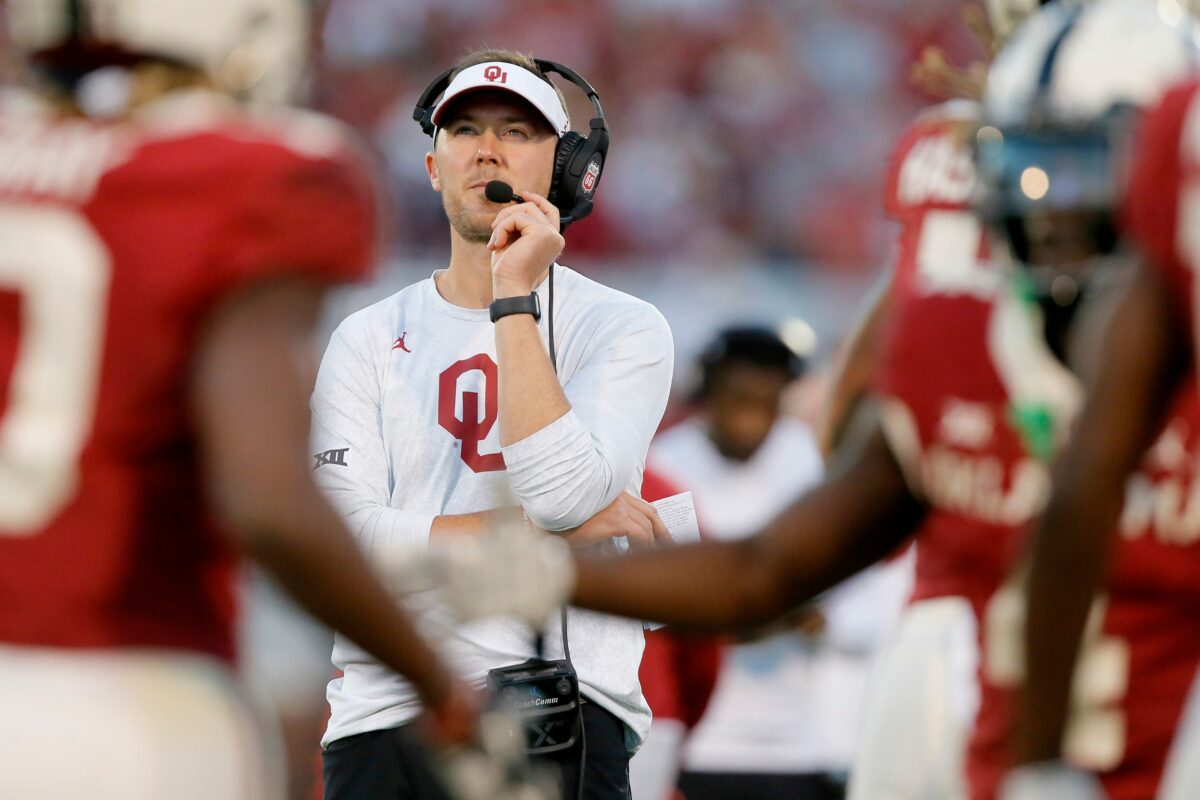Run the ball! Pass the ball! It is certainly true that coaches can and do abandon successful formulas. Their run-pass mixture often gets away from what they should be doing. However, a raw run-versus-pass balance probably isn’t the best way to assess Lincoln Riley’s play selection at USC.
It’s less about total running plays versus total passing plays. It’s much more about meeting the needs of this team and this offense, relative to specific opponents and the gameday situations they present.
How USC should handle one opponent will be different from another. How USC’s injury situation evolves in 2022 will also dictate what Riley does, and it will shape how much freedom he has in his playbook.
Oklahoma fans — I follow plenty of them on Twitter — thought Riley got too cute with throwing the ball down the field, and on balance, I think they were usually correct. However, run-pass mixture is also a product of not having a deep running back room. Riley threw more than he probably would have liked at Oklahoma (certainly in 2021) because he didn’t have as deep a stable of running backs as he had hoped. If he had four bodies he could rotate, he certainly would have run more, but he had only two regular running backs, so he didn’t subject them to the same level of punishment.
Juggling situations affected Riley’s play-calling. When we study him at USC — and we’ll get a first look this Saturday — we need to study the situations, not just the play mixture itself.
We discussed this with Mark Rogers at The Voice of College Football:
[mm-video type=playlist id=01eqbz8sj88pxak7gd player_id=01f5k5y2jb3twsvdg4 image=https://trojanswire.usatoday.com/wp-content/plugins/mm-video/images/playlist-icon.png]
[listicle id=44773]
